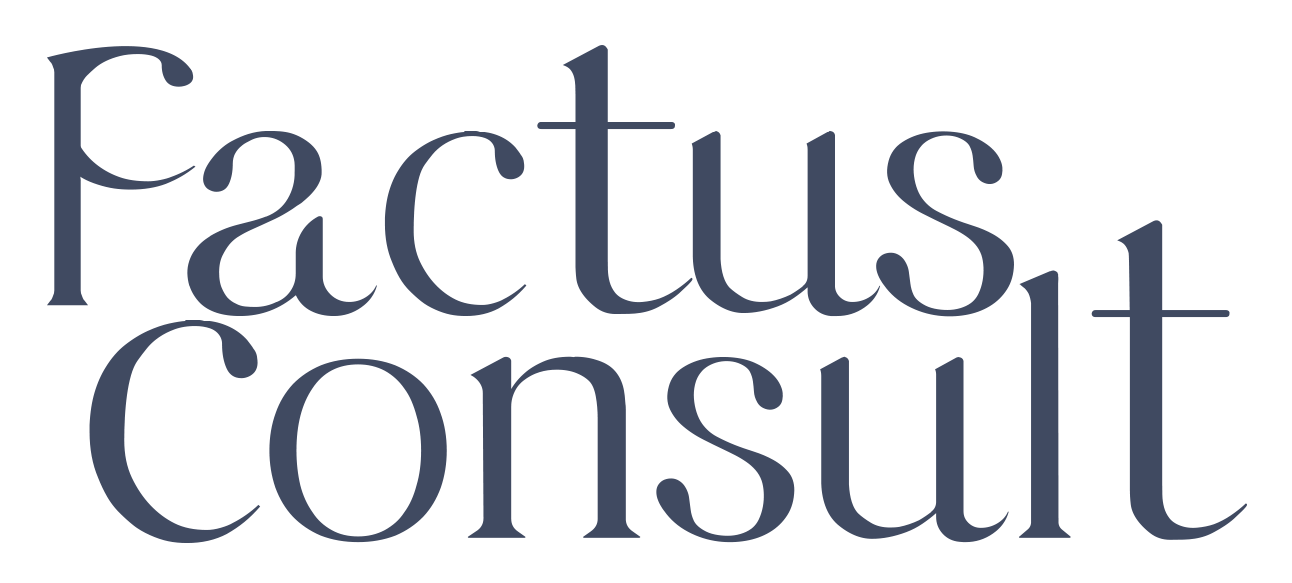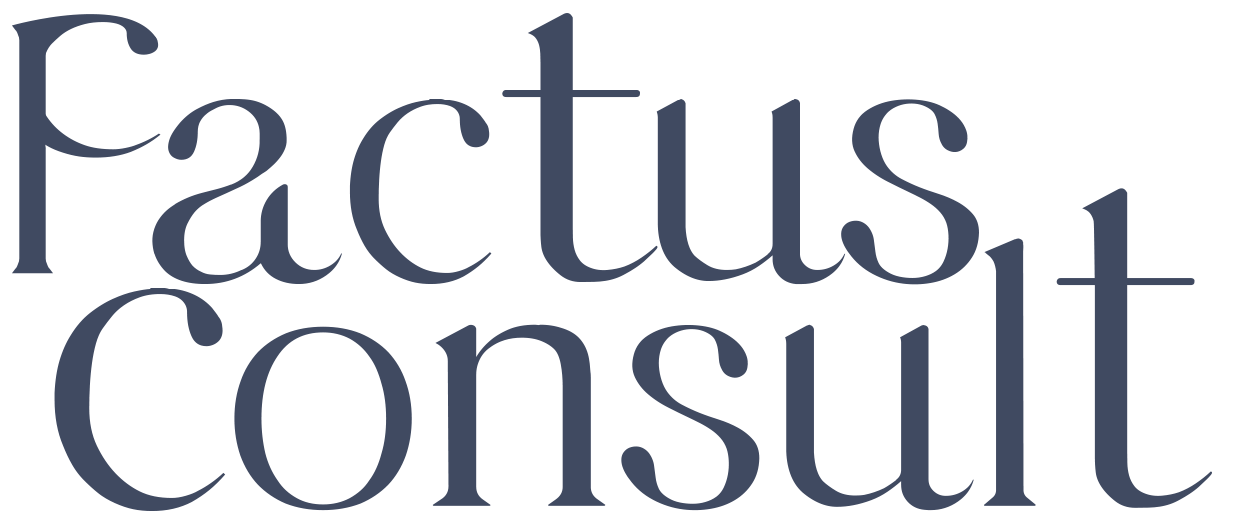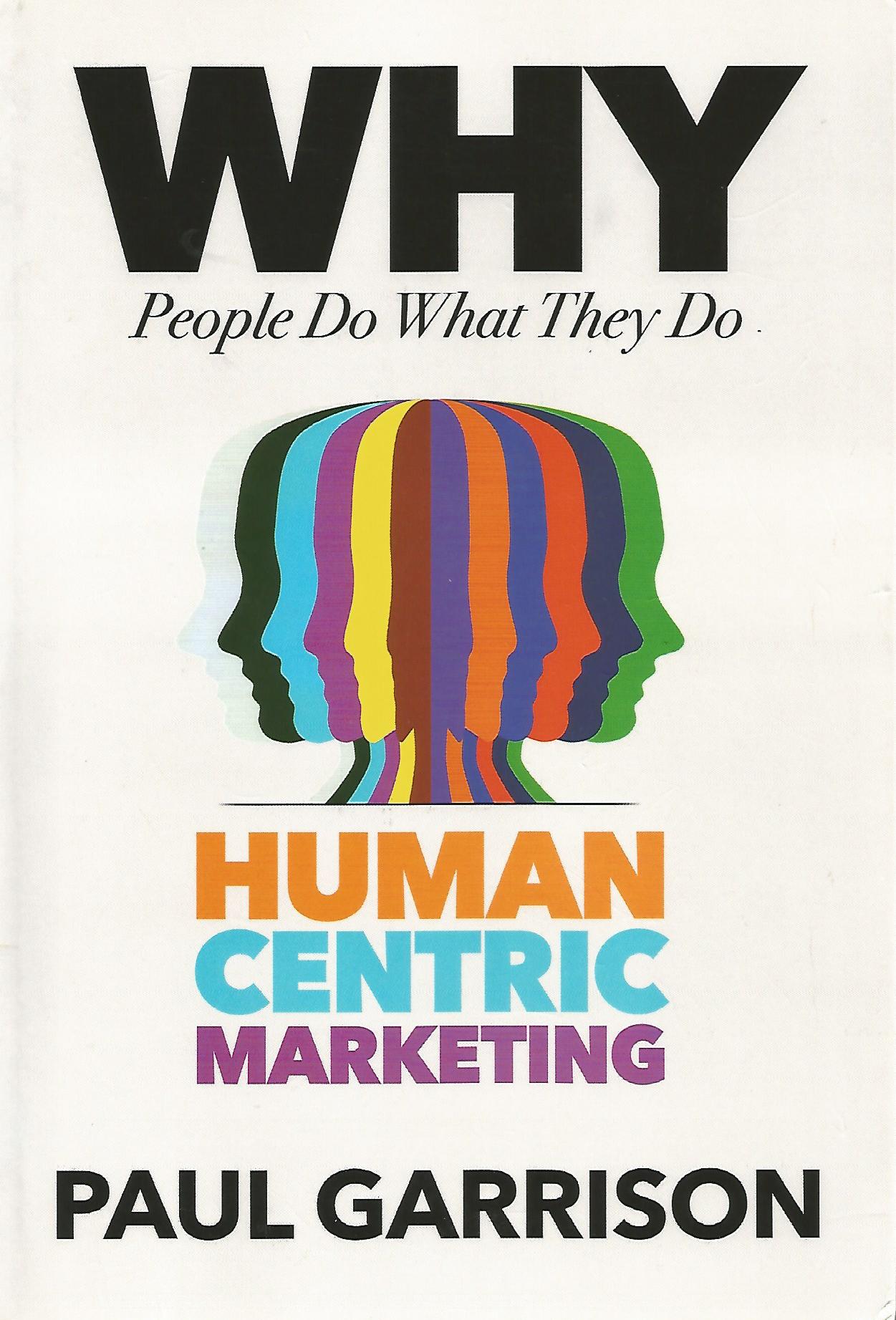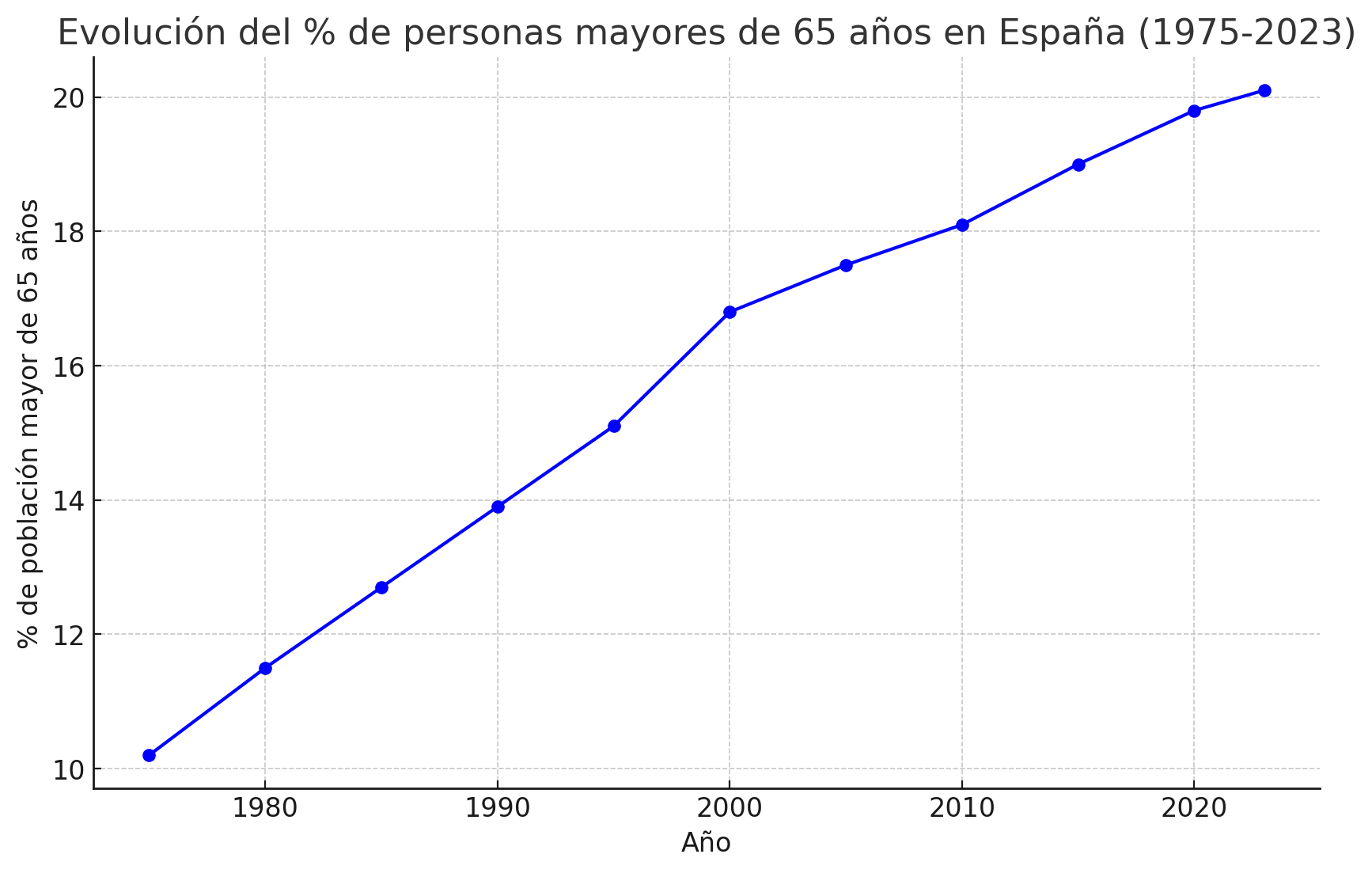by Paul Garrison

When we first started using the term Exponential Marketing, we mostly focused on the power of understanding the customer better and leveraging those deeper insights into a more relevant brand strategy and more engaging communications. But another reason Exponential Marketing works so well is the power gained by involving everyone in the organization in creating and delivering customer value.
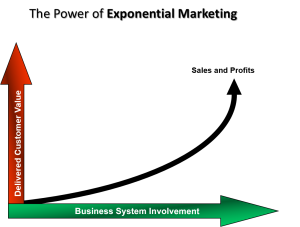
Exponential Strategy
Marketing strategy to be truly effective must move from the domain of a few to the involvement of everyone in the organization. A limiting factor in many companies is that they think about strategy in such lofty terms that it has become detached from what is really going on in the business. Strategy only sounds like a big and complicated word. Strategy is about simply about finding the best way to accomplish something. It is the means whereby you accomplish an objective. David Packard famously said; Marketing is too important to be left to the marketing department.’ He was right. Strategy too! Everyone in your organization can and should think strategically about what it is that they do and how they can add customer value. And to do that, you as a manager, need to start by stripping all the lofty trappings from the word ‘strategy’ and get to what strategy really means at its core – finding the most effective and efficient means of accomplishing an objective. Tactics are the details of actually getting it done – executing the strategy. To be effective, people – regardless of the level or function in your organization – need to be adept at both: strategy and tactics.
Now add exponential. Great strategy is not just about deciding the best course to get to a better place, but also about powering up the organization so that growth-generating ideas aren’t being pursued only from above – instead, everybody is thinking about how to get there faster and smarter. Strategy shouldn’t be ‘owned’ on the basis of corporate hierarchy. It shouldn’t be something that is only passed down from above. Strategy should become a way of thinking that is embraced and practiced at all levels in the organization.
Unfortunately, ‘strategic’ can be one of the most judgmental words used in business. Too often it is used to describe a person’s depth of thinking. ‘Linda is a strategic thinker and Jim is more of a tactician.’ Who do you think is going to be picked for a promotion? The first truth is that the difference between a strategy and a tactic is merely a question of how you draw your circles. One person’s strategy might simply be another person’s tactic. The second truth is that everyone has both a spatial and linear side to his or her brain. We all come from the factory hardwired with the capability to think both tactically and strategically. Don’t make the mistake of using the word strategy as an attempt to separate the thinkers from the doers in your organization. I would prefer to have doers who think in my company, wouldn’t you? Anyone can become ‘strategic’ in what they do if they are allowed to participate in how they accomplish their job.
The key to unlocking the strategic capability in your organization is to assign objectives rather than just merely tasks. Give a subordinate or a colleague an objective and ask that they come back with their strategy, as well as the details on how they intend to achieve that objective. Imagine the exponential power of that!
The key to Exponential Strategy is that you don’t just assign a task, but that you encourage the different people in your organization to think about how they can best accomplish a particular objective. That objective may seem like nothing more than a small (tactical) detail to you, but it could be that you have not had the time or personal motivation to imagine other options about how that ‘detail’ could be better accomplished to drive incremental customer value. Or perhaps you simply do not know that area of the business well enough to come up with any ‘strategic’ ideas about how to do it better. But I’ll bet the guy who does it every day could, and would…if you only encouraged him to do so. Everyone up and down the organization needs to think strategically, both in terms of how they align the execution of their objective with the strategy from above, but also in terms of how they can power up the execution to have a greater impact on providing customer value. After all, improving customer value is what capturing exponential growth is all about.
One Person’s Tactic Can Be Another’s Strategy
When I was the managing director of Coca-Cola, a core strategy to win the market-share battle with Pepsi was to integrate Coca-Cola into the everyday lives of local consumers by making it more relevant to their daily needs and desires than any other soft drink. I presented this strategy to the chairman of the Coca-Cola Company in my annual business plan and he approved it. As strategically as I approached this relevance issue, the truth was that to the chairman, the local market-share battle was just another tactic within his core strategy of increasing Coca-Cola shareholder value. My relevance strategy had to link up-stream to the global strategy by producing greater sales volume growth that would make our new plants more efficient to allow a faster return on invested capital – all good for the shareholders.
Now let’s take it a step further. My marketing manager was responsible for executing much of the tactical detail of my local relevance strategy. However, he didn’t think of his responsibilities as tactical, he thought strategically. One of his strategies was to achieve greater relevance by building a strong association between Coca-Cola and Christmas. He recognized the opportunity of Christmas, not only in terms of the higher volumes that occur during the holiday period, but also because of the multidimensional appeal of Christmas across all age groups. Christmas is a time of the year when kids, parents and grandparents all come together in an emotionally shared experience. His specific strategy was to create an integrated marketing program that tugged on the emotional strings of our consumers through a seasonal tie-in with the local cultural icons. It was a strategic breakthrough for him, but it was still only a tactic to me – an executional detail of my local relevance strategy.
Let’s take it even further to illustrate how the whole thing continued to grow exponentially as it gathered momentum through the business system. One level below the marketing director on the organizational chart, the brand manager for Coca-Cola took what was a tactical element of the Christmas program – the on-pack promotional gift – and built it into a brilliant in-home family involvement strategy. This brand manager recognized that getting the mother, father and children to spend time together in building a small model of a typical countryside town during Christmas – courtesy of Coca-Cola when they bought two 2-liter bottles at the grocery store – would involve our consumers with the brand in a more meaningful and relevant way. And the strategic flow didn’t stop there. The brand manager then assigned the tactical execution of his gift promotion strategy to an agency to turn it into a special event to draw greater attention to the promotion in the countryside. The event agency manager thought about all that had been done upstream, and how he could strategically add value. He then developed a Coca-Cola caravan promotion that resembled the Coca-Cola trucks in the television commercial.
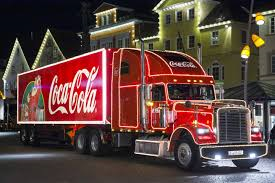
The strategy was to have families physically come out together to see the beautiful lights of the Coca-Cola caravan as it travelled through their own small town. They could then build a reminder of that family moment with the Christmas gift pack on 2-liter bottle, and buy more product.
On the sales side, the sales manager developed a strategy to leverage the strength of the television ads, the on-pack gift, and the Christmas caravan idea, to gain important end-aisle displays in all the major chain stores. I could go on to include several other people who expanded the impact of the program downstream by adding their own strategic thinking, and even describe how the production guys figured out the best way to attach the gift packs in the plant, and so on, but you get the point. The power of strategic thinking flowed through the organization – gaining momentum as it passed into all areas of the business system – and finally to the consumer by providing the best soft drink value for Christmas time. And all of this resulted in market-share growth, more sales, and a more efficient plant with a faster ROI that allowed the chairman of the company to deliver greater shareholder value.
Trust the strategic thinking power of people you work with, and try this exponential strategy approach. You will be amazed by how much customer value power can be generated if you encourage people across your organization to think strategically about how they execute their tasks and functions. It is simple to do – only two steps are required to unleash the exponential power of strategic thinking throughout the organization:
- Make sure that everyone understands the meaning of customer value and how it applies to each of them. This ensures that instead of just doing things, they are doing the right things – creating and delivering customer value.
- Assign objectives rather than tasks. Ask people to think about their objectives and come back to you with ideas (i.e., strategies) about how they can build or deliver greater customer value in order to accomplish each particular objective.
It is essential to gain the enthusiastic participation in strategy by different people in the organization. This means that you must recognize and appreciate their individual contributions. The essence of Exponential Marketing is about inspiring momentum in creating and delivering customer value. Momentum begins when you make the decision to grow your strategic brainpower by pushing strategic thinking out through the organization by assigning objectives rather than tasks. It takes hold when you establish the relentless conviction that increasing customer value is the only meaningful way to grow your business at the top line as well at the bottom line.
- Author: Paul Garrison, Founder @ Garrison Group. https://garrisonmarketinggroup.com/
- Published by: Diego San Roman, Partner @ Factus Consult and Garrison Group.
As marketers we like to believe we are consumer centric in everything we do, but the reality is that we often get lost in processes, tools, and procedures that are more internally focused on who we are as an organization, what we are doing, and what we want to do rather than externally focused on […]
The confusion between “doing marketing” and “engaging in commercial communication” often stems from a partial or simplified understanding of marketing, which can have negative consequences on a company’s sales. Marketing encompasses everything a company or organization does to get more people to buy or support its value proposition more frequently, for a higher exchange value […]
With almost 25% participation in life, all life, and consequently in purchases, all purchases in this country (Spain), those over 65 years of age could, legitimately, initiate a massive protest action against advertising, that is, against advertisers, agencies and media, because of the fondness of treating us mostly as if we were mentally retarded. nerd-sentimental […]
Character is at the core of who we are as individuals and as a society; it’s the foundation of human behavior.
